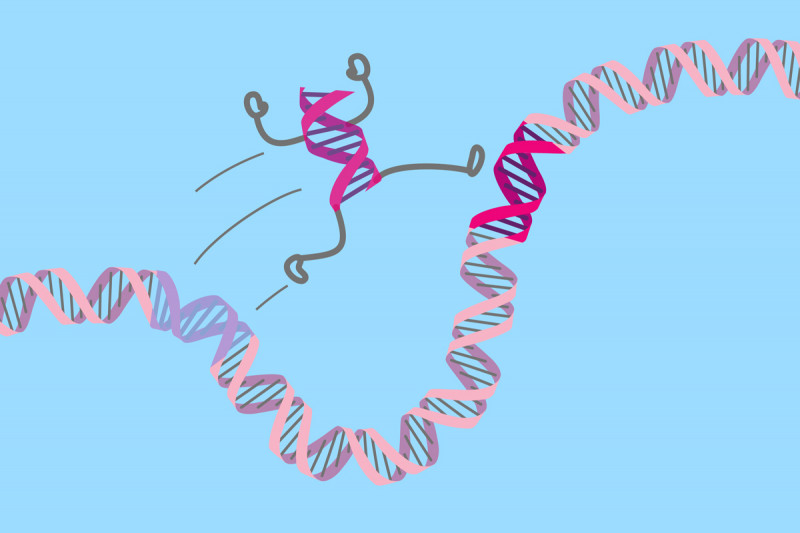 Did you know that
cancers can jump from one species to another? It is said that this type of
cancer is extremely rare, but not for the endangered Tasmanian devil.
Researchers at the University of Cambridge simply thought the Tasmanian devils
were extremely unfortunate when it was first discovered. The second incident
was what got them thinking. Some hypotheses that researchers have come up are
in relation to possible environmental or anthropogenic changes that have caused
these cancers to emerge.
Did you know that
cancers can jump from one species to another? It is said that this type of
cancer is extremely rare, but not for the endangered Tasmanian devil.
Researchers at the University of Cambridge simply thought the Tasmanian devils
were extremely unfortunate when it was first discovered. The second incident
was what got them thinking. Some hypotheses that researchers have come up are
in relation to possible environmental or anthropogenic changes that have caused
these cancers to emerge.
Cancer is just a bunch of gene mutations, but it’s crazy how heavily cancer can take over one’s life. Cancer as I know it is either inherited from family or an individual just happens to be unlucky to have the genes. Who would've imagined that it's possible for cancer to jump from one species to another? More specifically, this cancer is called the Tasmanian devil facial tumour disease (DFTD). It is a transmissible cancer that is spread by biting and causes the appearance of tumours on the face or inside the mouth of affected Tasmanian devils. The tumours often become very large and usually cause death of affected animals. The disease has caused a massive decline in the Tasmanian devil population, and the species is now considered endangered. The Tasmanian devil is the world’s largest living carnivorous marsupial. About the size of a small dog, Tasmanian devils are well known for their piercing nocturnal shriek and their strong jaws. Hopefully with this research, our understanding of transmissible cancers will grow and the Tasmanian devils won't be completely wiped out.
Posted by Catherine Tsang (3)
This is very unfortunate that something like this is happening to the Tasmanian devil. Can scientists use knowledge and information from human cancer research to create a drug to treat the condition? Or would they have to do separate research?
ReplyDelete-Trung Le (2)
I'm wondering the same thing, but I don't think scientists can use the information they know from human cancer research to help these poor Tasmanian devils.I think this because this type of cancer has never been exposed to humans. It would be difficult to find information that would provide additional help. Additional research should be done, but scientists should try to figure something out quickly. The species is almost entirely wiped out. Cancer can be an incredibly vigorous disease.
Delete-Catherine Tsang (3)
I have never heard of a bite causing tumors or cancer before. It is strange that it is happening in this one species. I wonder how the cancer mutated to be able to accomplish this.
ReplyDelete-Zoe Israel
When I first discovered the article, I was asking myself the same question. How did this cancer come to life/develop? This mutation must be incredibly smart and advanced for it to be a "contagious" cancer. I hope this will never happen to humans.
Delete-Catherine Tsang (3)
This comment has been removed by a blog administrator.
ReplyDelete